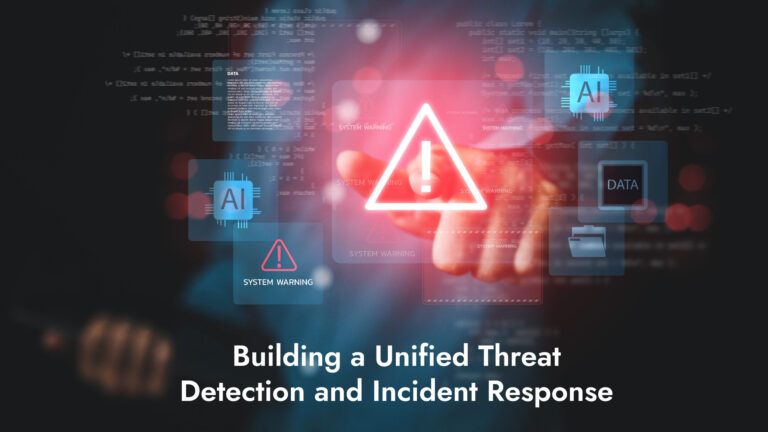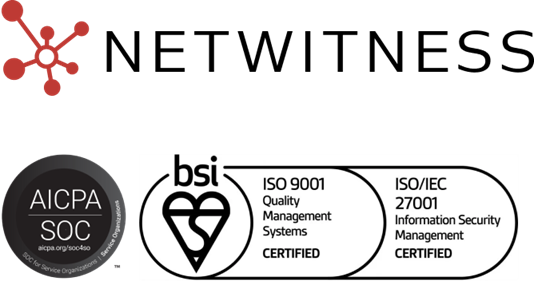What is Digital Risk Protection?
Digital Risk Protection (DRP) is a proactive cybersecurity approach that monitors public and hidden online spaces to detect risks such as data leaks, impersonation, fraud, and credential theft. It provides visibility into emerging digital risks and enables early intervention before they escalate into incidents.
Digital Risk Protection (DRP) helps organizations identify, monitor, and mitigate digital threats that exist outside their traditional network perimeter. It focuses on protecting digital assets, brand reputation, and customer trust across the open, deep, and dark web.
A modern digital risk protection platform uses automated intelligence gathering, dark web monitoring, and takedown capabilities to defend an organization’s external digital footprint.
Synonyms
- Cyber Risk Management
- Brand Risk Protection (BRP)
- Digital Risk Monitoring (DRM)
- Cyber Threat Intelligence (CTI)
- Attack Surface Management (ASM)
Why Digital Risk Protection Matters
Cyber threats today don’t just target networks, they target brands. A single phishing domain, leaked credential, or fake social profile can damage reputation and customer trust.
Here’s why DRP is essential:
- Protects brand reputation: Detects misuse of logos, domains, and corporate identities.
- Prevents data leaks: Identifies exposed credentials, IP, or customer information on the dark web.
- Supports compliance: Helps maintain regulatory standards by safeguarding sensitive digital data.
- Enhances threat protection: Provides early warning to strengthen overall cyber risk protection posture.
How Digital Risk Protection Works
A digital risk protection service continuously scans multiple online environments:
- Open, Deep, and Dark Web Monitoring: Detects stolen data, fake domains, or malicious campaigns.
- Social Media Surveillance: Tracks impersonation or misinformation targeting the brand.
- Threat Intelligence Integration: Aggregates external signals into actionable insights.
- Automated Takedowns: Removes malicious or fraudulent content at scale.
- Executive and VIP Protection: Safeguards personal information from key leaders from exposure.
Together, these elements allow organizations to respond faster and limit exposure before attackers exploit vulnerabilities.
Best Practices for Implementing Digital Risk Protection (DRP)
To get the most out of digital risk protection software, organizations should:
- Integrate DRP data with existing risk monitoring solutions like SIEM or NDR.
- Automate alerts and workflows for faster response.
- Combine human threat analysis with machine-driven detection.
- Regularly conduct digital risk assessments to measure exposure and progress.
- Use DRP insights to inform digital brand management and reputation strategies.
NetWitness Connection
NetWitness delivers powerful digital risk protection capabilities through integrated threat intelligence, visibility, and response.
By connecting insights from digital risk protection platforms with its advanced risk monitoring solutions, NetWitness enables organizations to detect external threats faster, protect their digital brand, and strengthen their overall cybersecurity defense.
Related Terms & Synonyms
- Cyber Risk Management: The broader process of identifying, assessing, and mitigating cybersecurity risks.
- Brand Risk Protection (BRP): Focused on defending brand reputation against online impersonation and misuse.
- Digital Risk Monitoring (DRM): Continuous observation of digital assets for external threats.
- Cyber Threat Intelligence (CTI): Collecting and analyzing data about threat actors and attack methods.
- Attack Surface Management (ASM): Identifying and reducing potential entry points for attackers across digital assets.
People Also Ask
1. What does DRP stand for?
DRP stands for Digital Risk Protection, a cybersecurity approach that protects organizations from external digital threats and data exposure.
2. What is digital risk?
Digital risk refers to potential threats or vulnerabilities that arise from an organization’s online presence, including data leaks, impersonation, and fraud.
3. What is risk protection?
Risk protection involves safeguarding assets and data against various internal and external risks through proactive detection and mitigation strategies.
4. What is cloud risk protection?
Cloud risk protection focuses on securing cloud-based environments from threats such as misconfiguration, data leaks, and unauthorized access.
5. What is digital risk management?
Digital risk management is the continuous process of identifying, assessing, and mitigating risks that stem from digital transformation and online operations.




